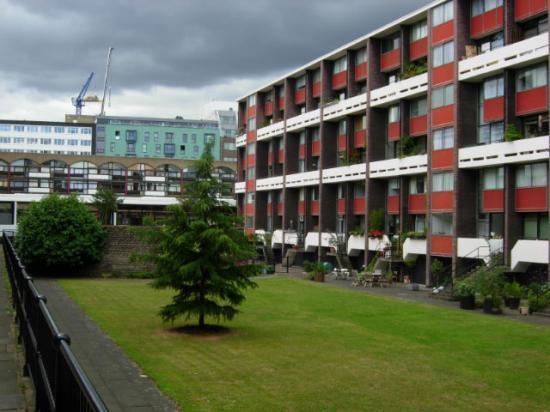The New Labour Government Plans To Build 1.5 Million Homes - Here's What's Needed To Make It Happen
16th July 2024

The UK's new Labour government has set itself the bold target of building 1.5 million homes in five years to deal with the critical shortage of housing.
To achieve this, it will have to deliver 50% more than the previous government managed over the same period.
Can it be done, and if so, what obstacles need to be overcome?
Labour has made it clear that reform of the planning system is an important element of plans to foster growth in the economy, and at the same time deal with issues that have been slowing down the pace of new development.
The party also made several other pledges, including re-introducing local housing targets, recruiting more planners to local government, promoting social housing, prioritising brownfield sites and allowing development on so-called "grey belt" areas, such as wasteland or disused car parks, within the green belt, including a new generation of new towns.
This week's king's speech is expected to contain proposed legislation to enable these policies.
As planning and property professors at the University of Manchester we applaud the ambition to boost housing supply that has been lower than housing demand for a long time; however, we urge caution about looking for quick wins by reducing planning powers and reforming planning in a rushed way.
For a start, this scale of development is pretty much unprecedented, so there are questions about whether it is achievable without recruiting many more skilled construction workers, building inspectors and local authority planners, as the government recognises.
Many infrastructure pinch points need to be resolved, too, not least upgrading the electricity grid, but also in transport and flood protection.
There are dangers, too, in giving the impression that large-scale proposals for new housing will automatically be looked favourably upon without adequate scrutiny around housing quality and neighbourhood design, flood-risk reduction and biodiversity.
New towns in particular must not be rushed. Instead, they need to be phased in over decades so they can grow organically rather than create townscapes that reflect a particular era of building styles.
While there is something to be said for releasing grey-belt land in the green belt, there is a danger that, if poorly devised, this proposal could create a perverse incentive for those farming productively in the green belt to allow their lands to convert to scrub so it can be sold off at higher prices.
The UK needs to build more houses quickly, but must address the known risks of future climate change. As we know from Met Office climate predictions, increased temperatures, more extreme weather and rising sea levels will affect the how and where of house building in the UK. It will require choosing building materials and designs that withstand changing conditions, avoiding areas of heightened flood risk while using durable materials and energy-efficient heating and cooling systems.
Poorly conceived reforms to bulldoze planning regulations in order to expedite new development, could result in poorly designed communities and poor-quality homes not fit to meet the UK's net zero ambitions, passing on the costs to future generations, and specifically to home owners needing to retrofit at greater expense.
Getting high-quality developments put forward in the first place should reduce public opposition and the need to engage in months of negotiating. Arguably then, more and better planning regulations are needed, not least to create high-quality, sustainable communities.
Building blocks needed first
For planning reforms to work well, other building blocks are needed first, such as expanding training for construction workers, building inspectors and planners. Reform of building regulations to address climate change, particularly energy performance in new buildings, is required as well as ensuring adequate water and sewerage infrastructure is in place, and improving electricity distribution networks.
The danger of not getting these building blocks in place early is that the scale of proposed house building will derail other policy goals, such as controlling inflation, reducing energy costs and achieving net zero targets.
For instance, if in the next two years, homes are built at the rapid pace as proposed, it might contribute to diverting skills from other growth sectors (such as vital retrofit work for heat pump or solar installation). It could also potentially fuel labour shortages and some regional and national wage inflation, mainly in the south-east where the gap between housing demand and supply is severe, and affordability are such serious issues.
While some increase in wages would be welcome after several years of stagnation, it is important to avoid returning to earlier periods of regional skill shortages and wage costs, especially now it is no longer possible to rely so much on attracting labour from EU countries.
Training enough new construction workers, re-training existing workers and attracting back those who have either left the labour market or moved into other sectors, will be key.
Finally, in creating new solutions to the under-delivery of new housing, it is important to acknowledge the value of public consultation on new plans and development proposals. So let's focus first on getting the necessary building blocks in place and reform planning by making it efficient and better for all.
Authors
Graham Haughton
Professor, Urban and Environmental Planning, University of Manchester
Anupam Nanda
Professor of Urban Economics & Real Estate, University of Manchester
Richard Kingston
Professor of Urban Planning and GISc, University of Manchester
Note
This article is from The Conversation web site. To read it with links to more information go HERE
